Cheery cherry blossom on Cove Road.
Grange-Over-Sands from the Cove.
The Bay and Humphrey Head from the Cove.
Eaves Wood – the path to the beech circle.
The Other Kingdoms
Consider the other kingdoms. The
trees, for example, with their mellow-sounding
titles: oak, aspen, willow.
Or the snow, for which the peoples of the north
have dozens of words to describe its
different arrivals. Or the creatures, with their
thick fur, their shy and wordless gaze. Their
infallible sense of what their lives
are meant to be. Thus the world
grows rich, grows wild, and you too,
grow rich, grow sweetly wild, as you too
were born to be.
Squirrel.
Another item from my list was ‘read more poetry’ a goal which I have singularly failed to meet.
New beech leaves.
It’s usually at this time of year that I become most enthusiastic about poetry, habitually scanning through my e.e.cummings collection, looking for something new about spring to furnish a post full of photographs of the usual collection of my favourite springtime images. Newly emerged beech leaves, for example.
This year cummings should have had a run for his money because I’ve acquired large collections by Frost, MacCaig and Oliver all of which I was very keen to dip in to.
Caledonian pines.
However, I have been reading ‘War and Peace’, another item from my list, which has turned out to be pretty all-consuming. Fortunately, I’d already read quite a chunk of the Mary Oliver collection before I completely submerged in Tolstoy.
My first speckled wood butterfly of the year.
I’ve finished now. Well, I say I’ve finished; in fact I have a handful of pages of the epilogue left still to read. Which probably seems a bit odd, but in the last 50 or so pages Tolstoy abandons his characters (again) and turns back to tub-thumping. Historians have all got it wrong and he is just the man to set them straight.
Speckled wood butterfly – my first of the year, looking newly minted.
Don’t get me wrong: although it took a while, I was completely hooked by the book and really enjoyed the various intertwined stories of the characters. But there are many lengthy historical sections about the stupidity, vanity and in-fighting of generals which are not so interesting. In particular, Tolstoy is at pains to dismiss any notion that Napoleon was is any way a military genius and spends many pages making his point. There are also several philosophical digressions about history and what drives the actions of nations and peoples. Whenever I was reading these sections I was reminded of the Gang of Four song ‘It’s Not Made by Great Men’, which makes the same point but way more succinctly.
Whilst these digression are often interesting in themselves, I did find they were often a frustrating distraction from the story. Steinbeck’s ‘Grapes of Wrath’ has sections of polemic laced through the story which, it seemed to me, are entirely redundant. And I’ve heard it said of Moby Dick that it’s best to skip the chapters which are solely Melville’s detailed descriptions of Atlantic whaling. Having said that, Tolstoy’s character assassination of Napoleon is hilarious, and I’ve just found a guide to the book which says, ‘Anyone who tells you that you can skip the “War” parts and only read the “Peace” parts is an idiot.’ It also says that the book will take 10 days at most to read and I’ve been reading it for more than a month. So, doubly an idiot, obviously.
The journey of the central characters is totally absorbing though, so I would definitely recommend it.
Untidy nest.
Anyway, back to the walk: when I first spotted this nest, it had two crows in it and I got inordinately excited, as I always do when I find an occupied nest. However, they soon left the nest and on subsequent visits the nest has always looked empty. Now the leaves on the surrounding trees are so dense that I can’t even see the nest.
Crow.
On our walks together TBH and I have frequently found ourselves passing comment on the fact that livestock seem to be being regularly moved about. I don’t know whether that’s standard husbandry or perhaps because of the prolonged dry spell we’ve had.
There’s a herd of young calves, for instance, on the fields between Holgates and Far Arnside which seem to have been moved into just about every available field at some point.
I was examining these trees, trying to work out which was coming into leaf first, and only then noticed all the splendid dandelions.
Dandelions.
Of course, once you stop to look at the flowers, then you notice other things of interest too…
Red-tailed bumblebee (Bombus lapidarius))
Early bumblebee (Bombus pratorum).
Daisies (of the Galaxy)
Ash flowers.
Silver birches line a path on the Knott.
And have come into leave.
Beech buds.
Partially opened.
Opened.
Hazy views from the Knott.
Herb Paris…
…flowering this time.
Bramble leaf.
Linnets. (?)
I got very excited about this pair, purely because I didn’t know what they were. I’ve subsequently decided that they are linnets, but I have a poor record when it comes to identifying this species, having previously incorrectly identified red poll as linnets on more than one occasion. If they are linnets, then they’re missing the striking red breast and throat of a male linnet in its breeding plumage.
There were several small groups of birds flitting overhead, including, I think, more linnets and, without any doubt, a small charm of goldfinches.
Goldfinches.
I also caught a fleeting glimpse of what I think was a redstart – I’ve only seen them in the hills before and was doubting my own eyes to a certain extent, but they do arrive in the UK in April and the RSPB distribution map does show them as present in this area, and mentions that they favour coastal scrub when in passage, so maybe I was right after all.
One of my favourite Clash songs…
“You see, he feels like Ivan
Born under the Brixton sun
His game is called survivin’
At the end of The Harder They Come”
Ivan is the character played by Jimmy Cliff in the film ‘Harder They Come’, so it’s entirely appropriate that Jimmy Cliff eventually covered the song…
I always enjoy Nouvelle Vague’s unique take on punk and post-punk songs, it’s well worth a trawl through their repertoire..
And of course, the Paul Simenon’s, bass line was sampled by Norman Cook, aka Fatboy Slim, for Beats International’s ‘Dub Be Good to Me’…
It’s been covered by German band Die Toten Hosen and live by the Red Hit Chilli Peppers, and Arcade Fire, and probably lots of others. There’s a nice dub version out there and Cypress Hill didn’t so much sample it as rewrite the lyrics for their ‘What’s Your Number?’.
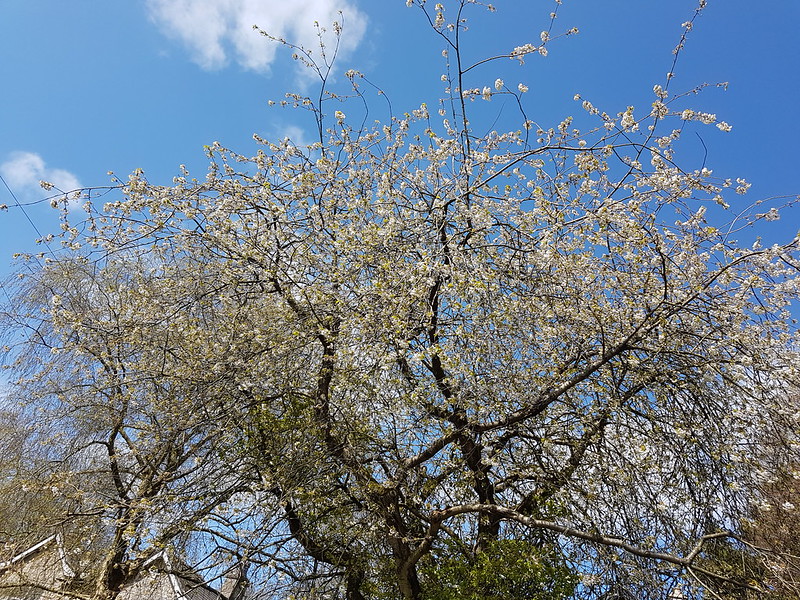
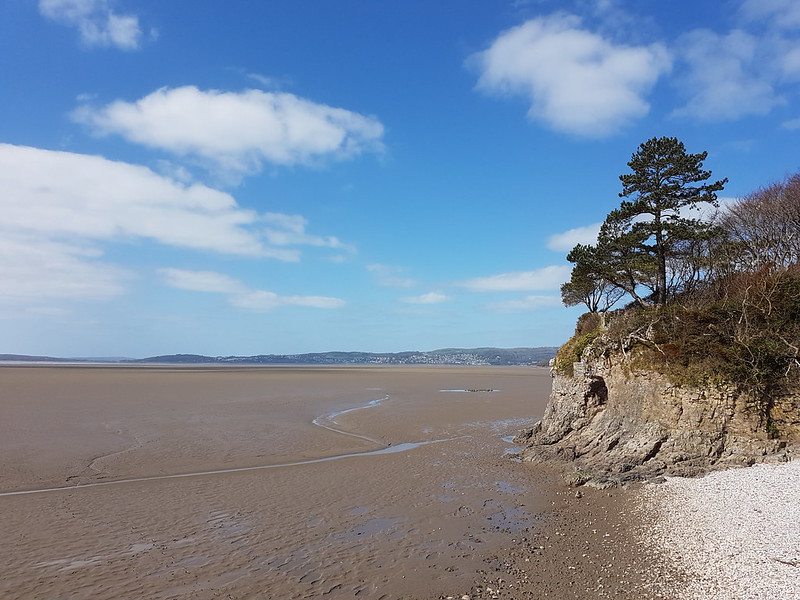

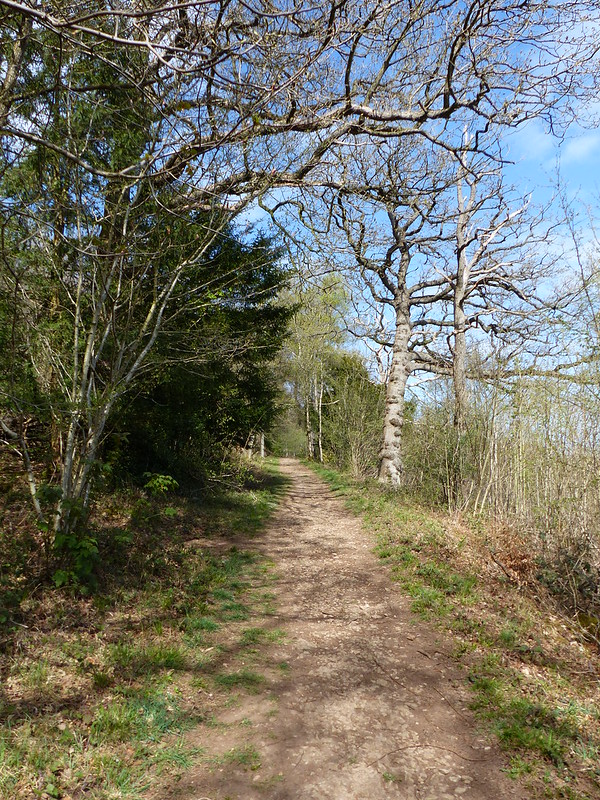
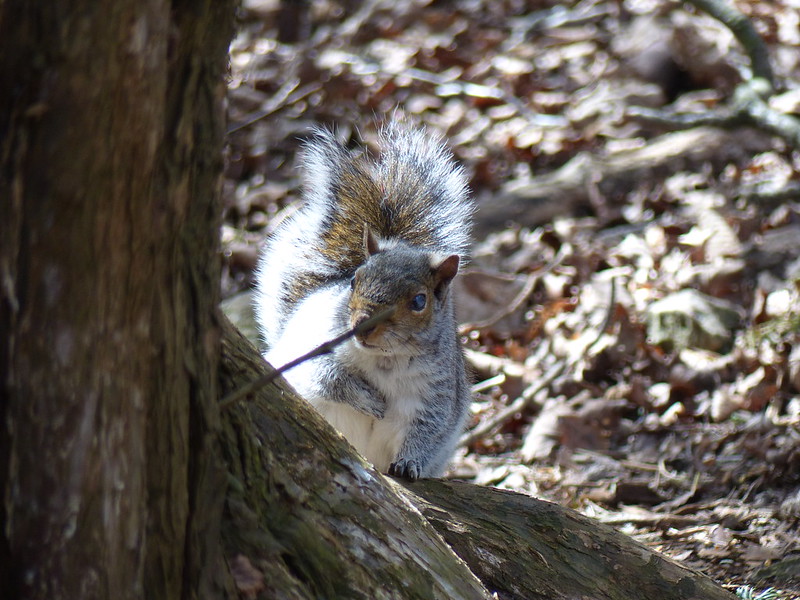
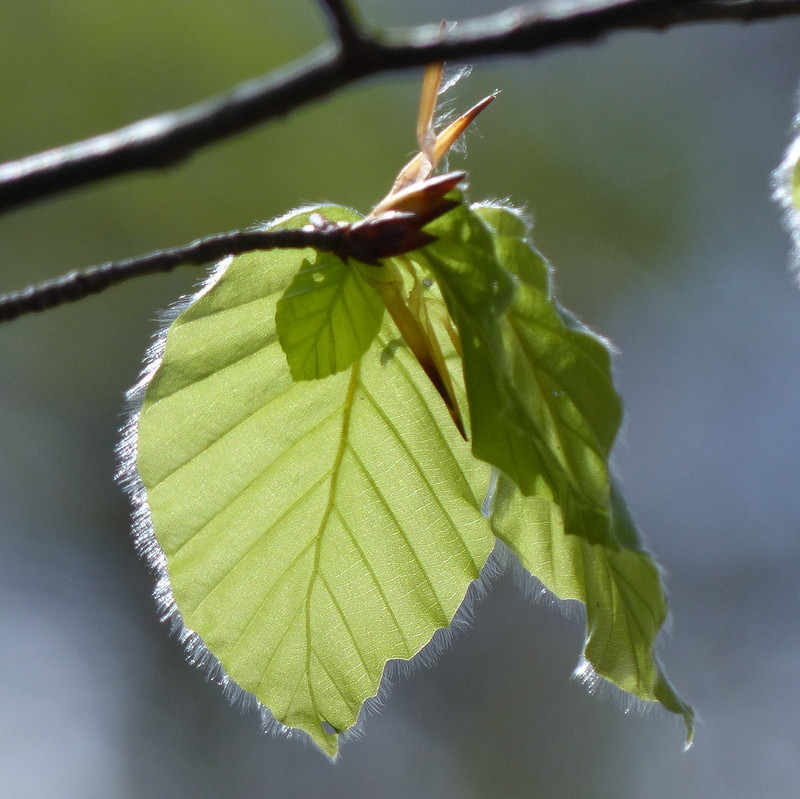
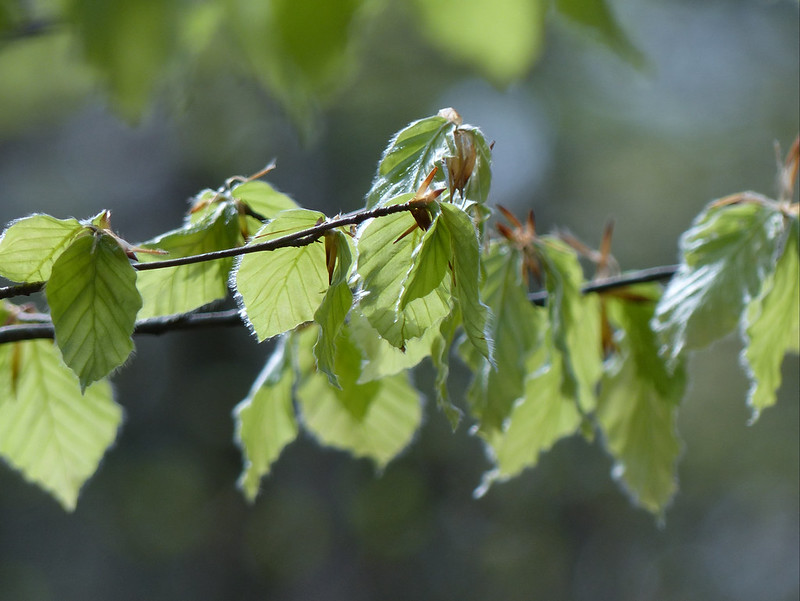
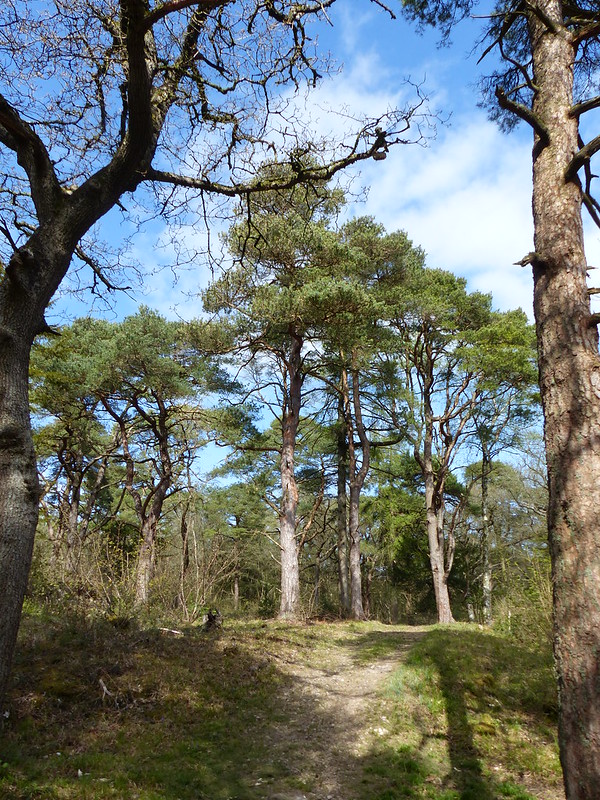
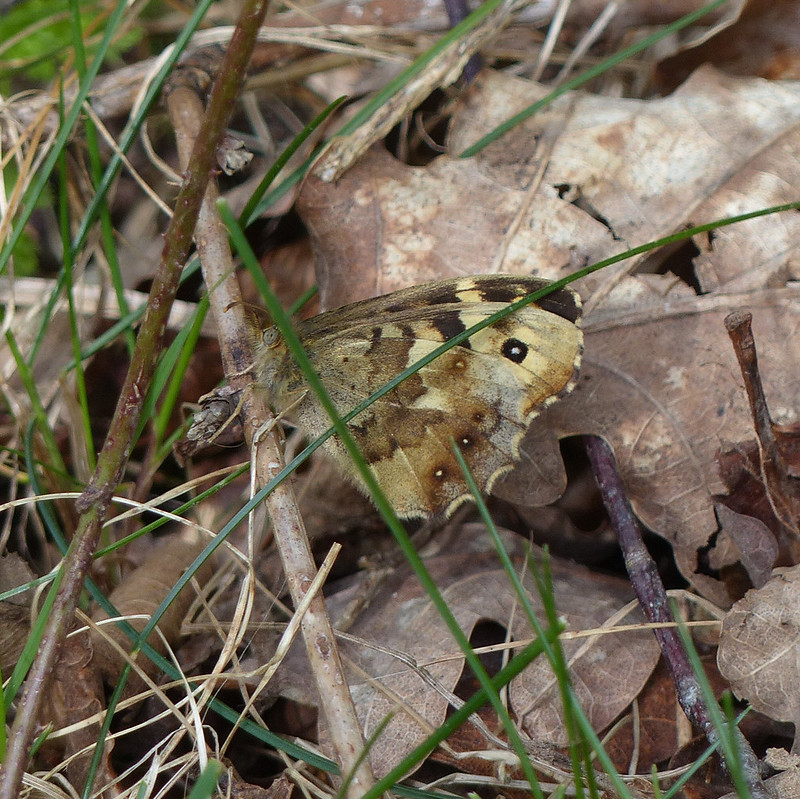

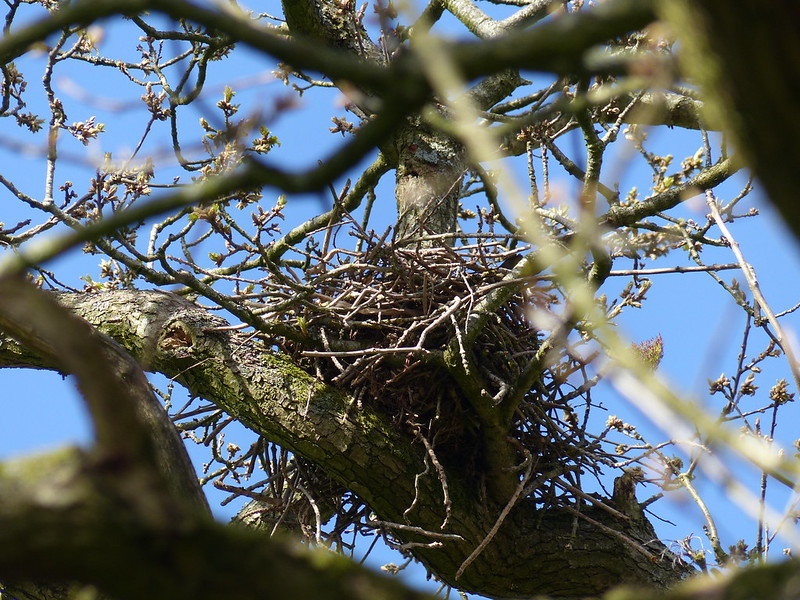
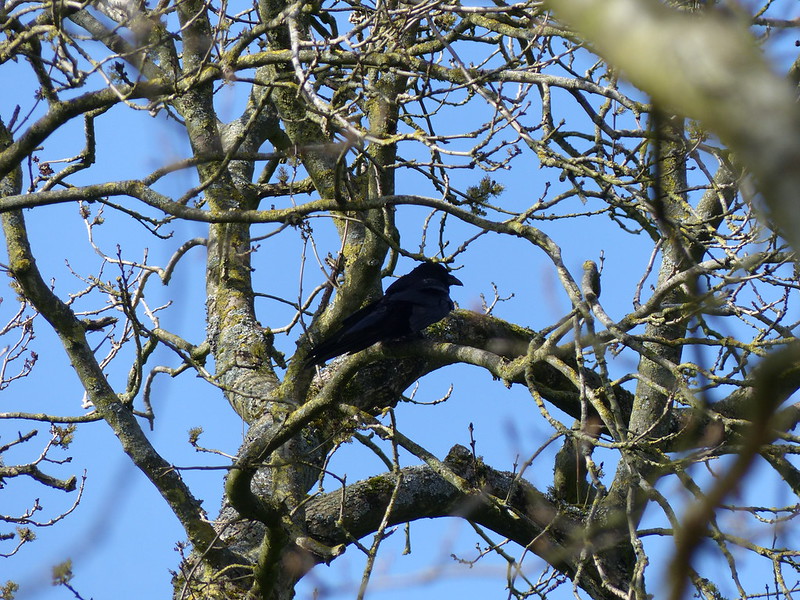
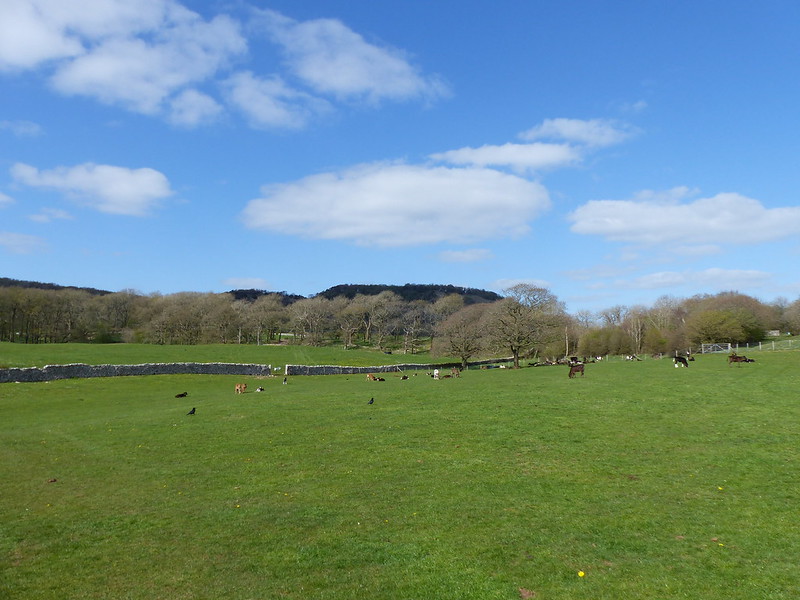

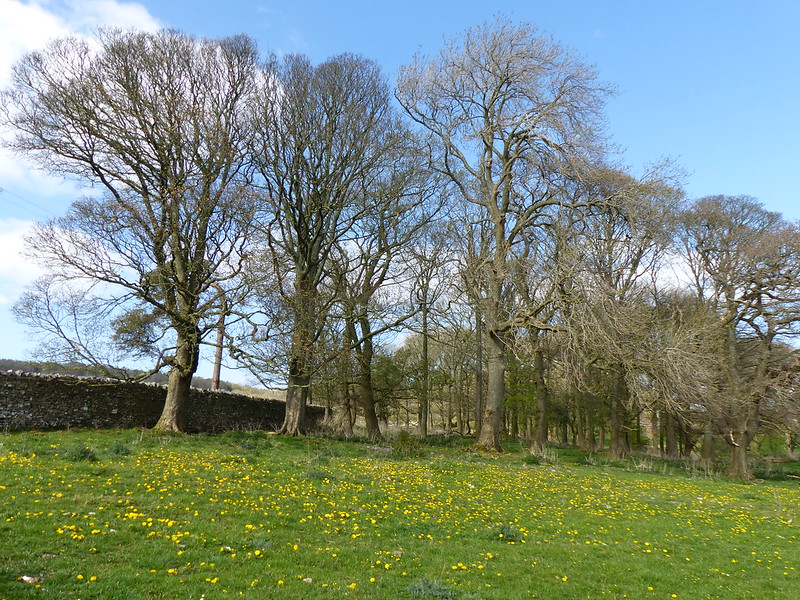
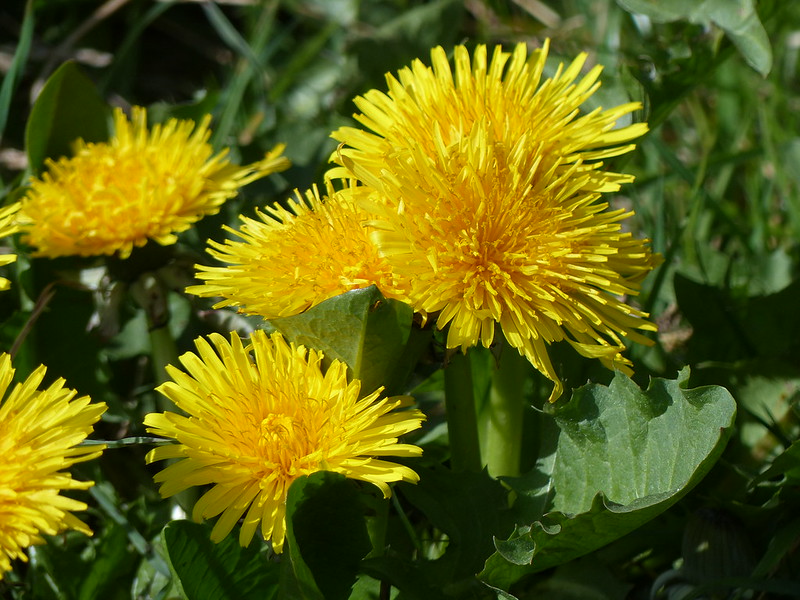
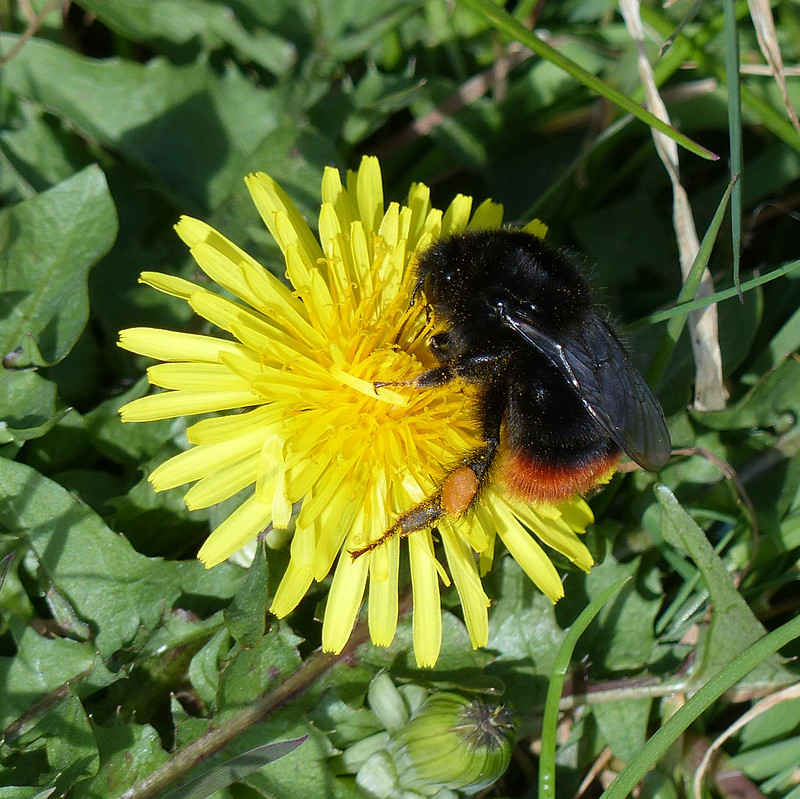
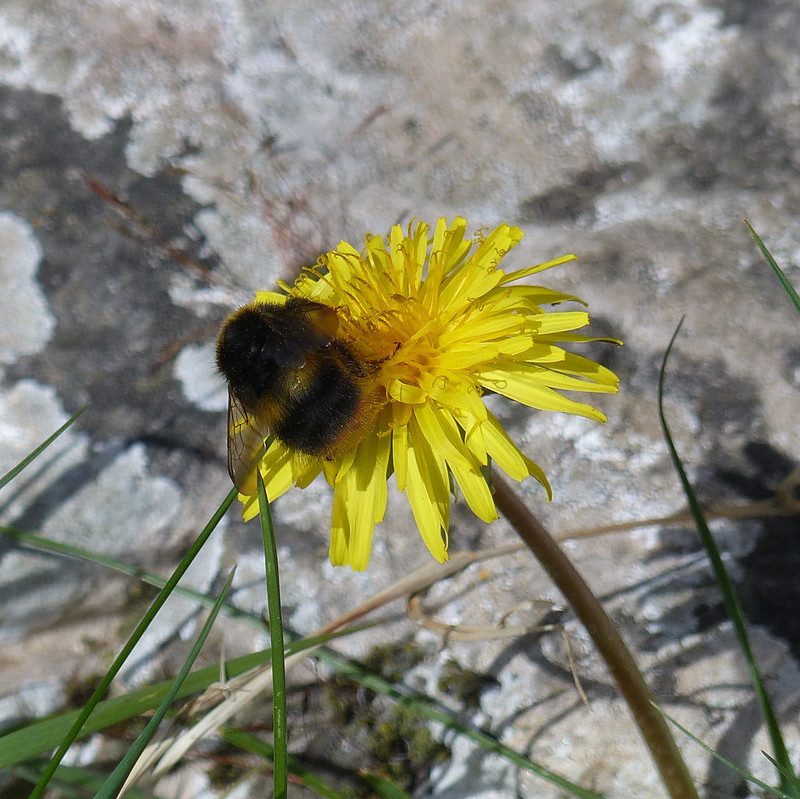
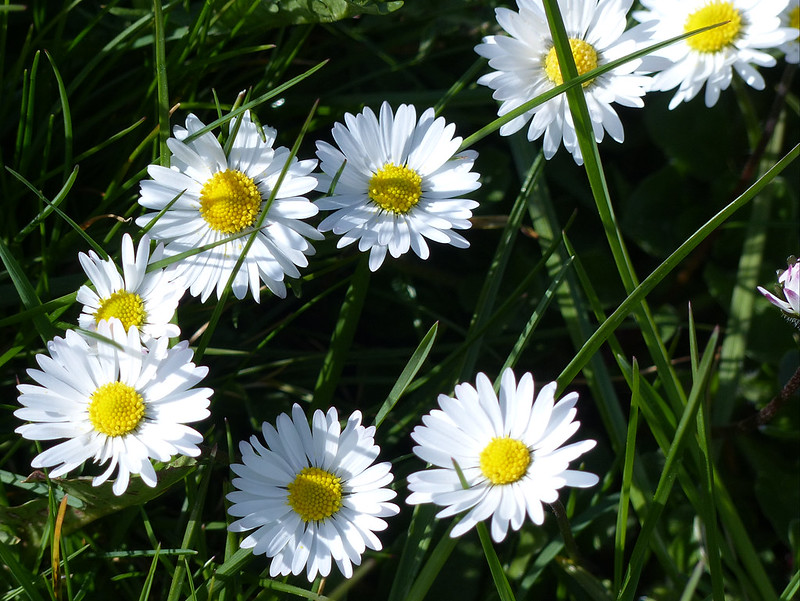
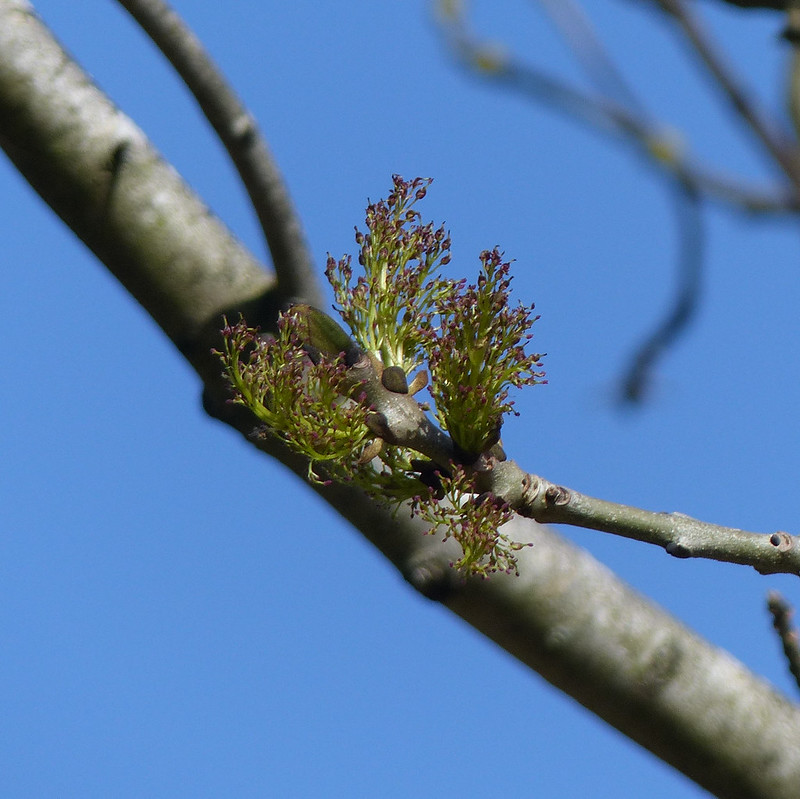

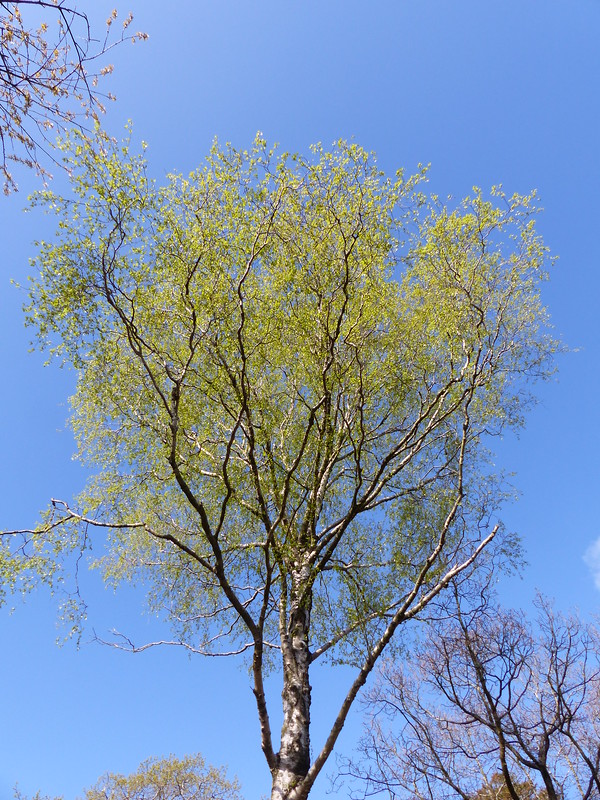

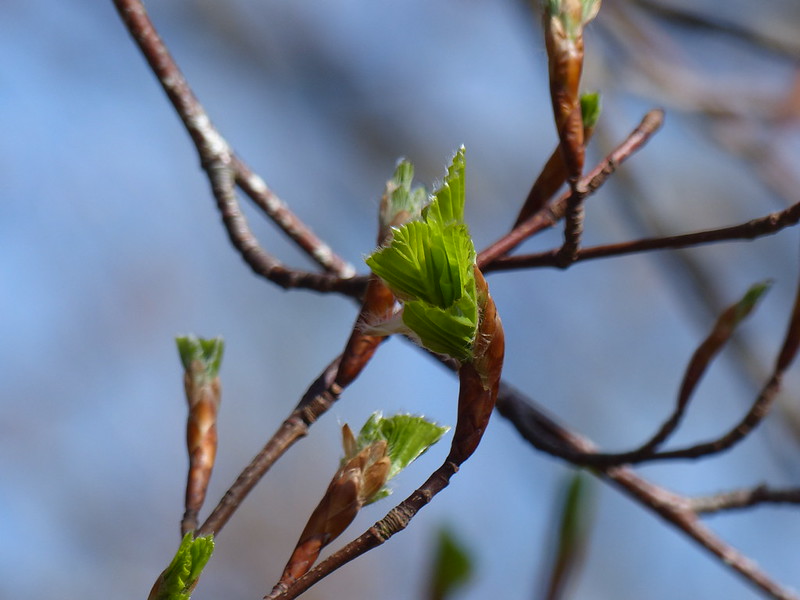



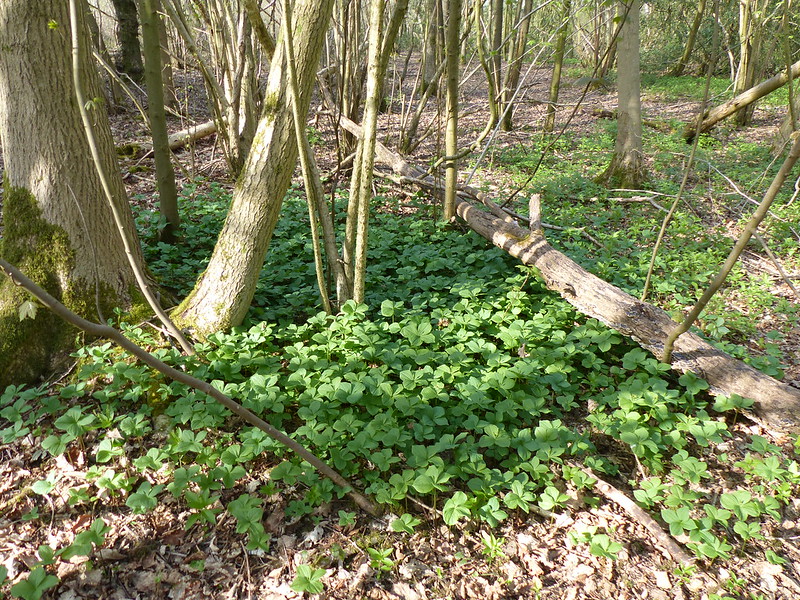
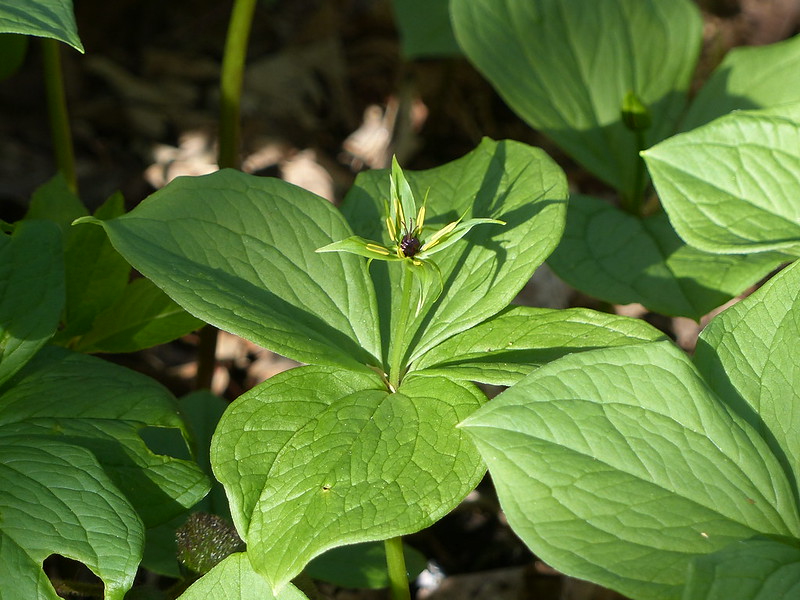
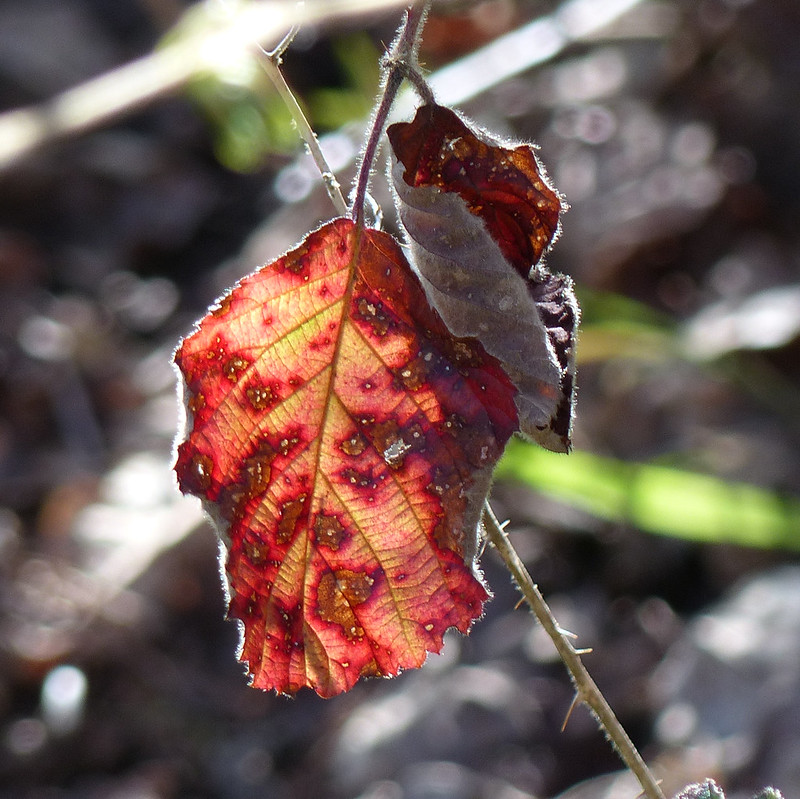

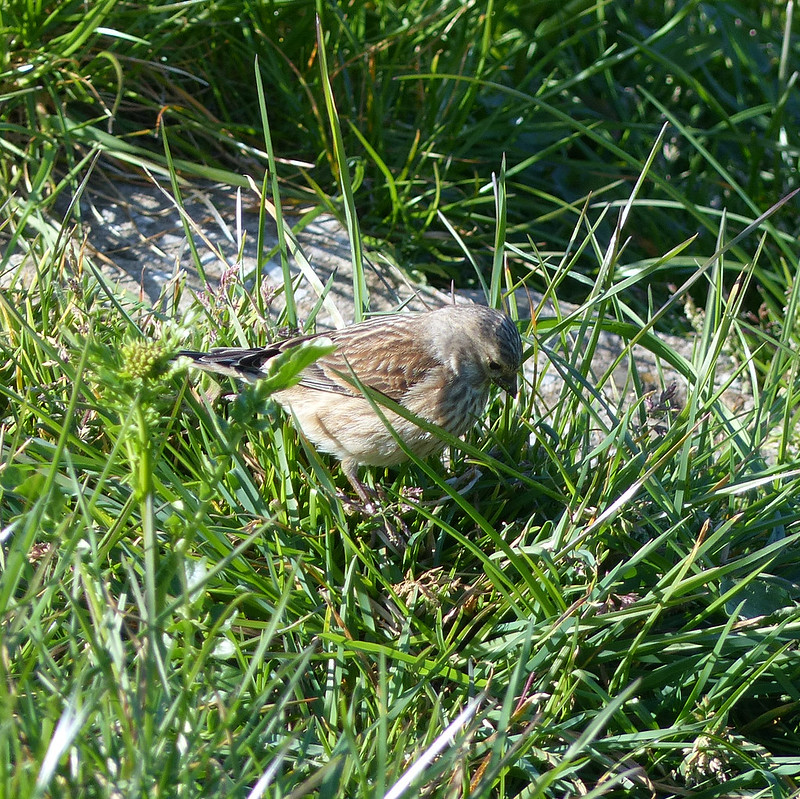
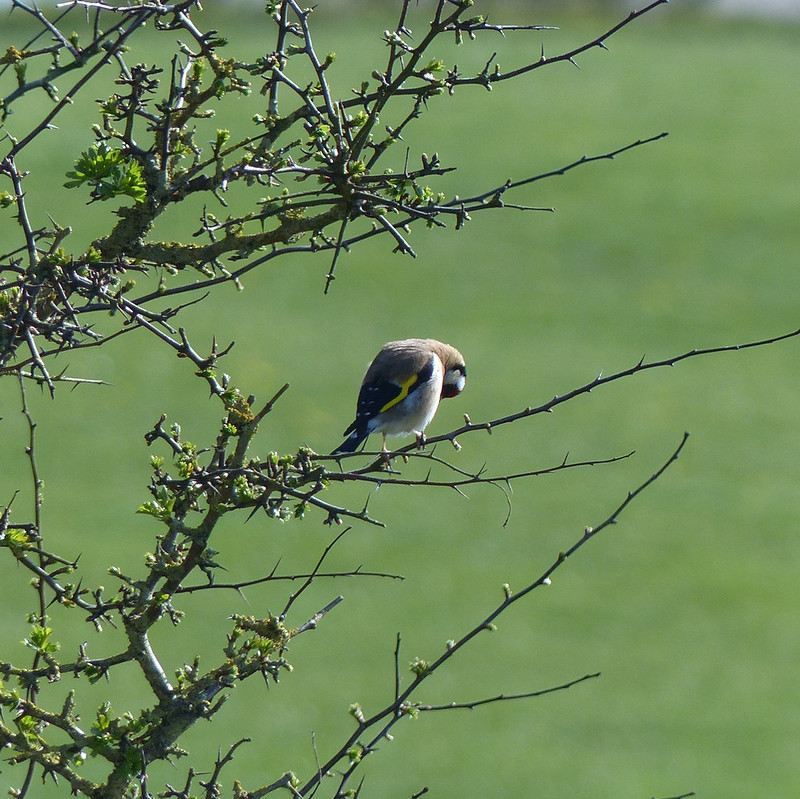
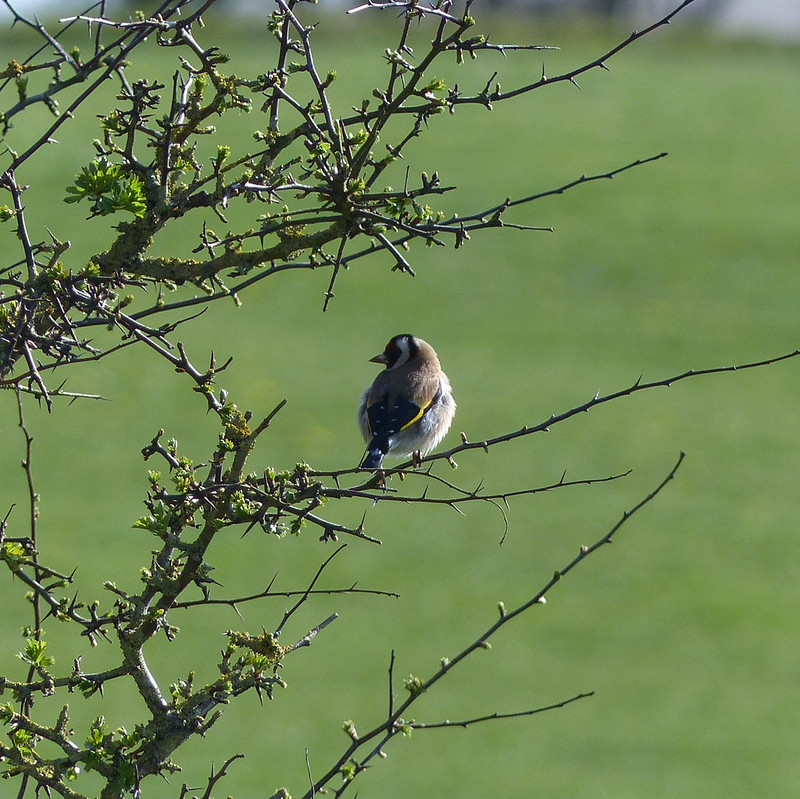

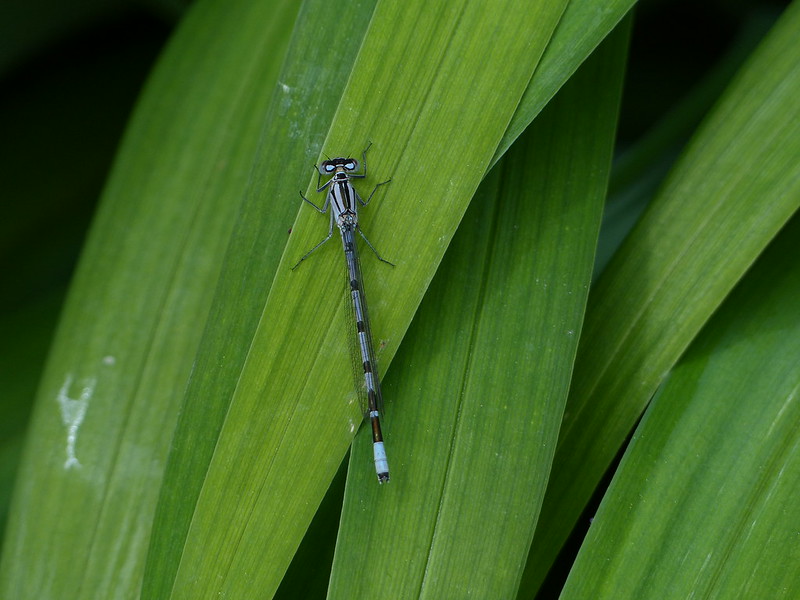




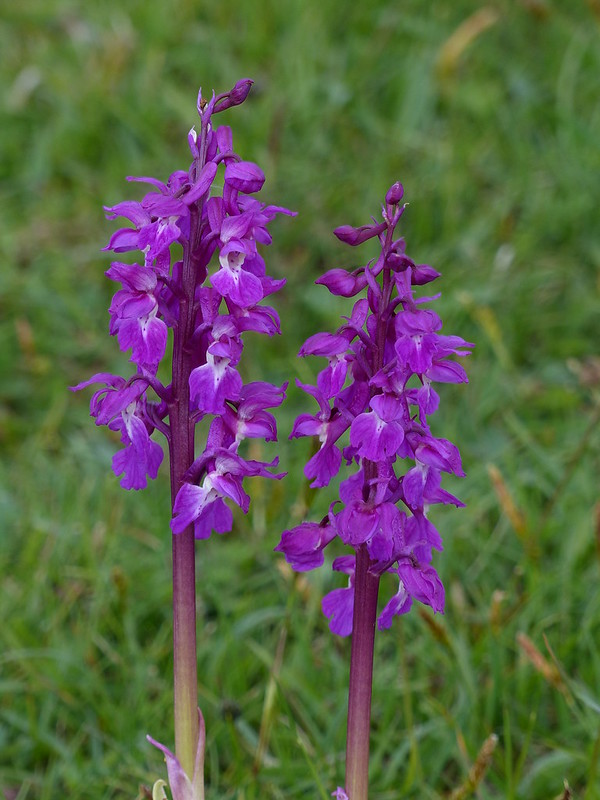


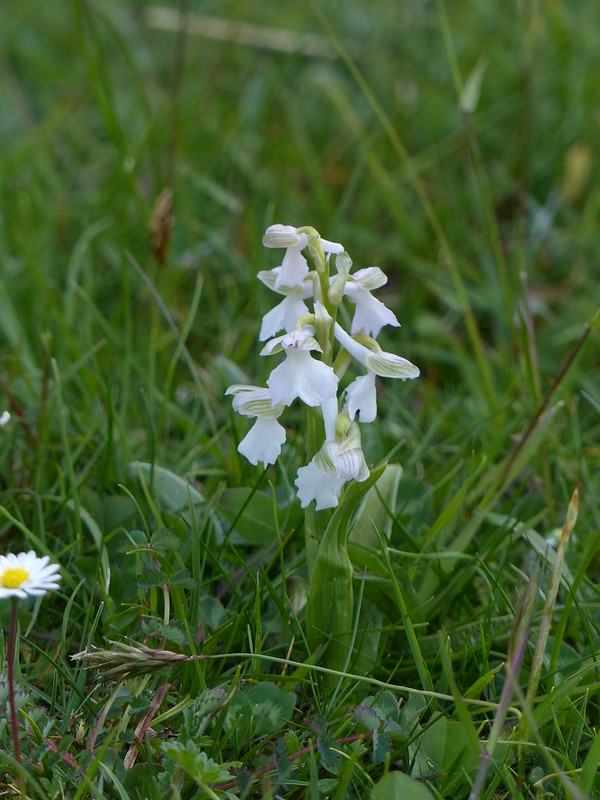


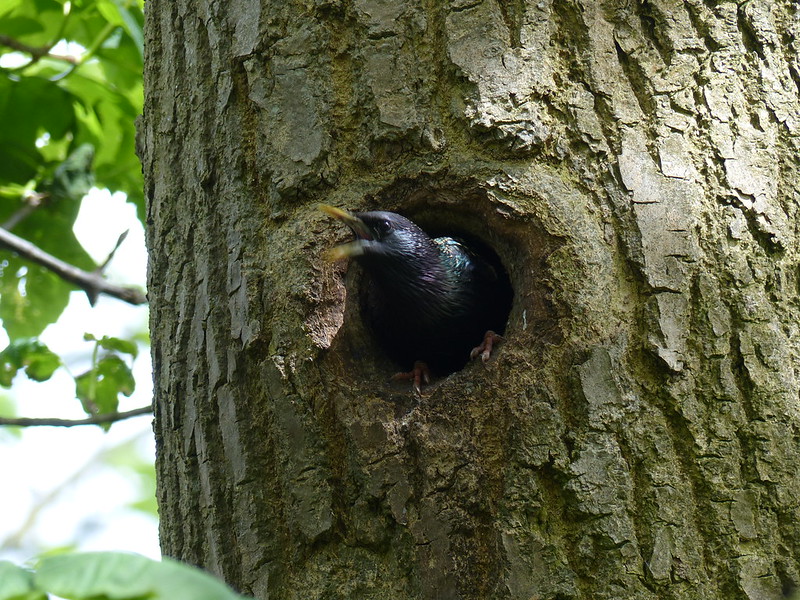
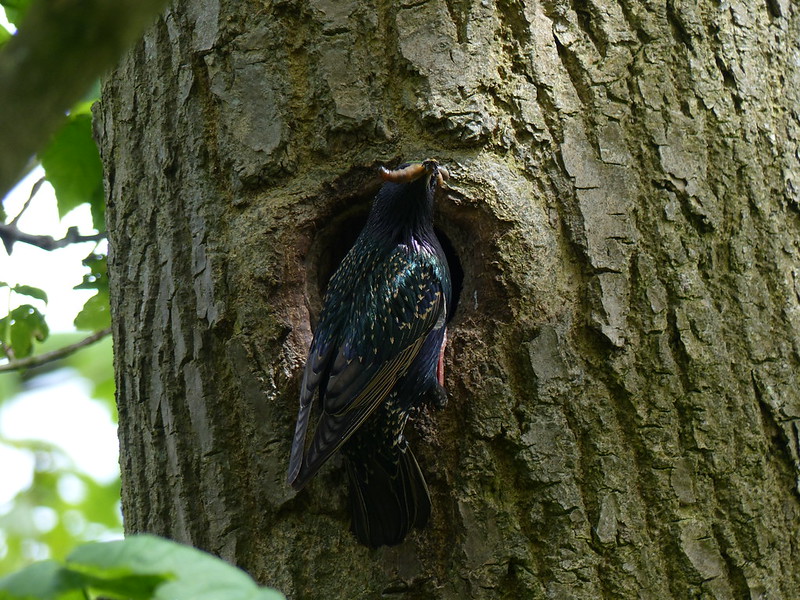
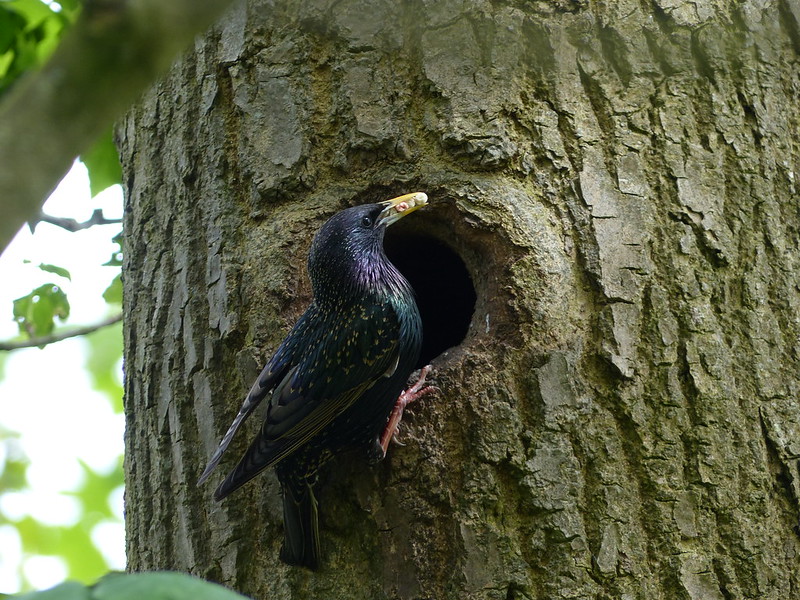
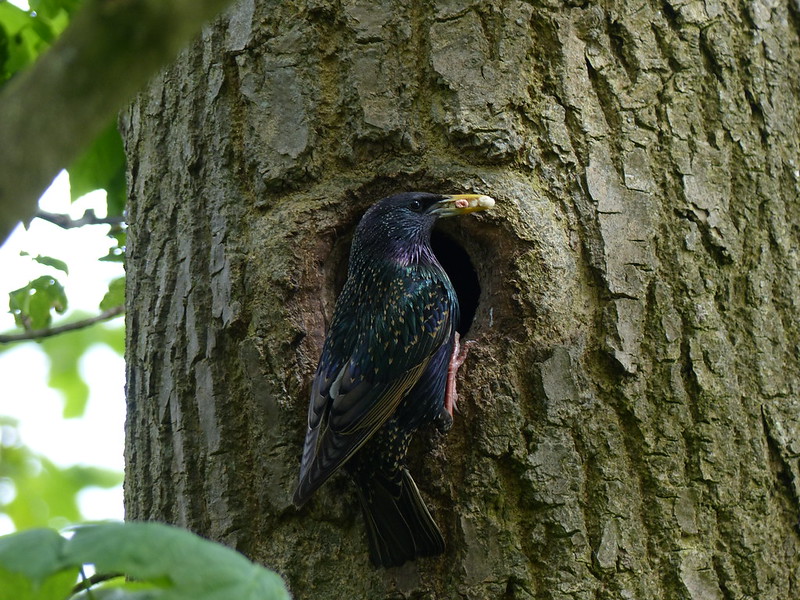
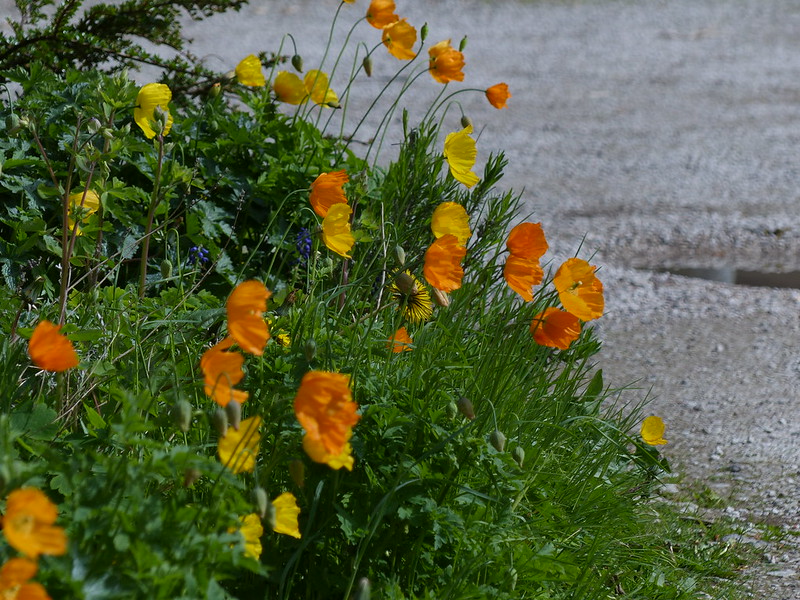
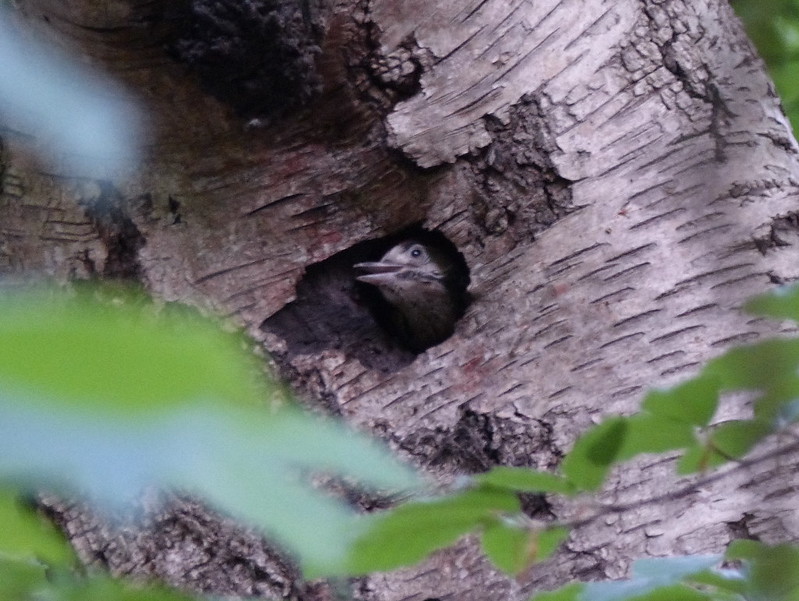
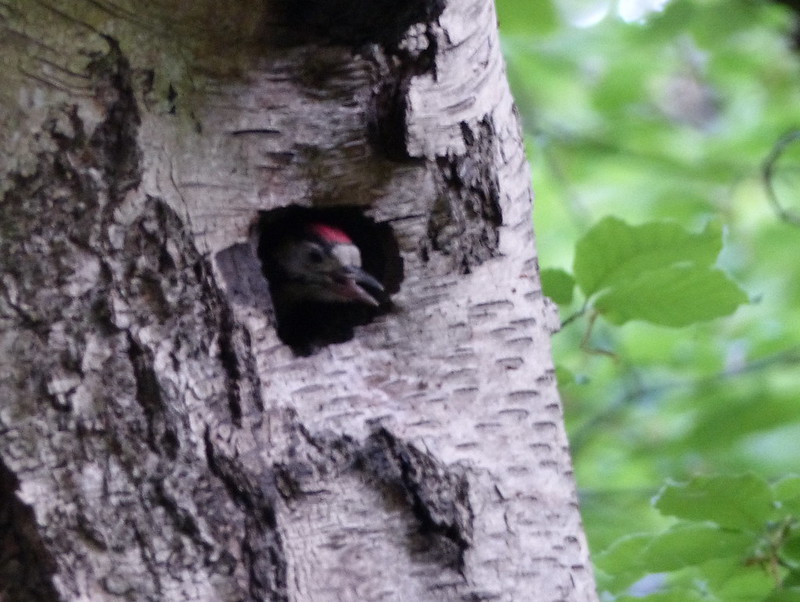
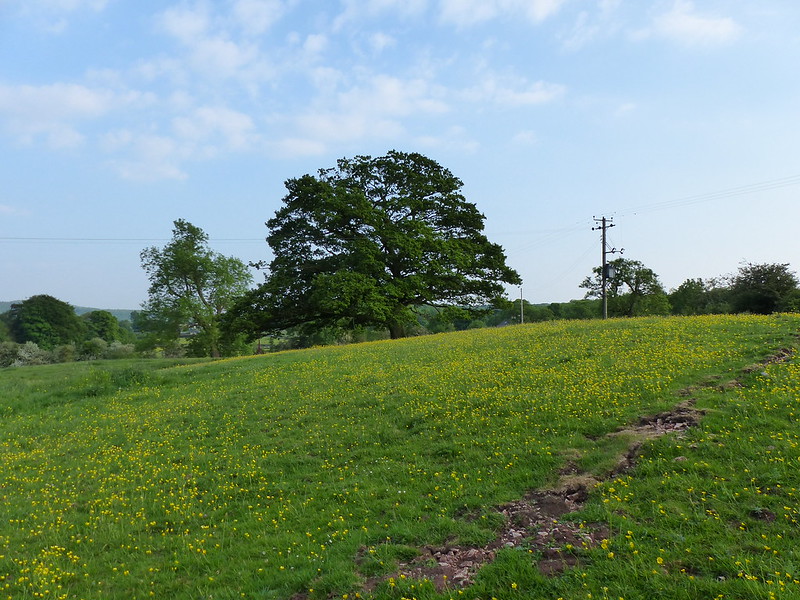
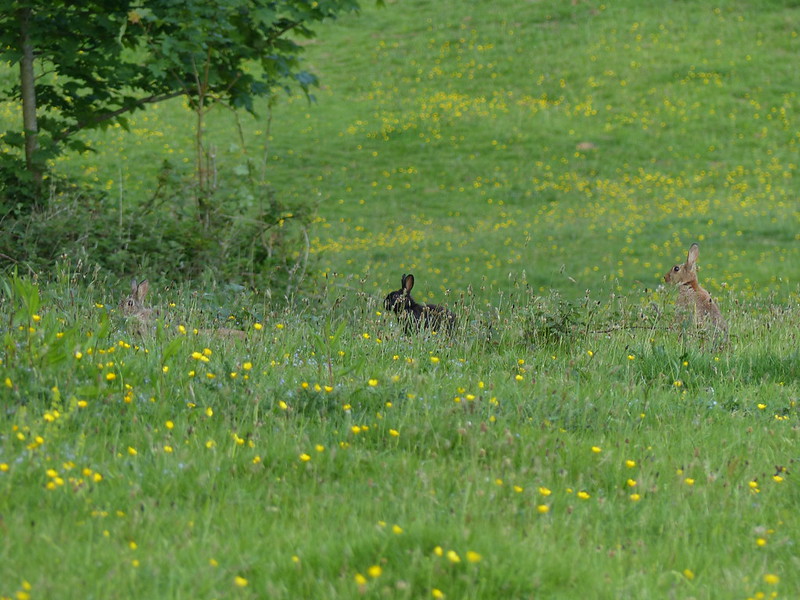



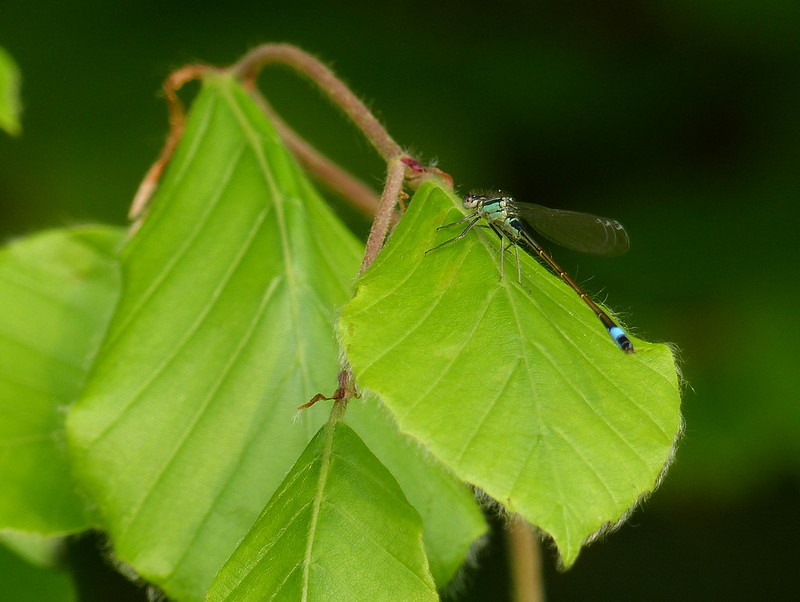
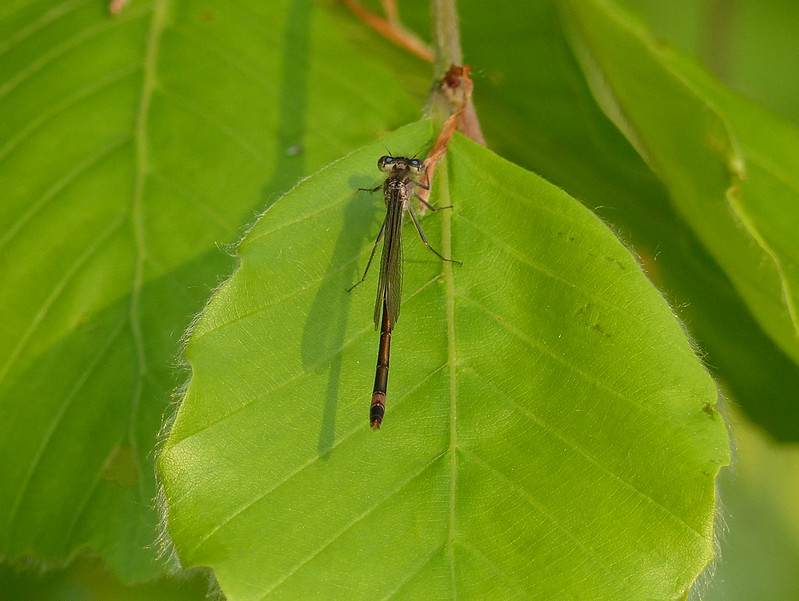
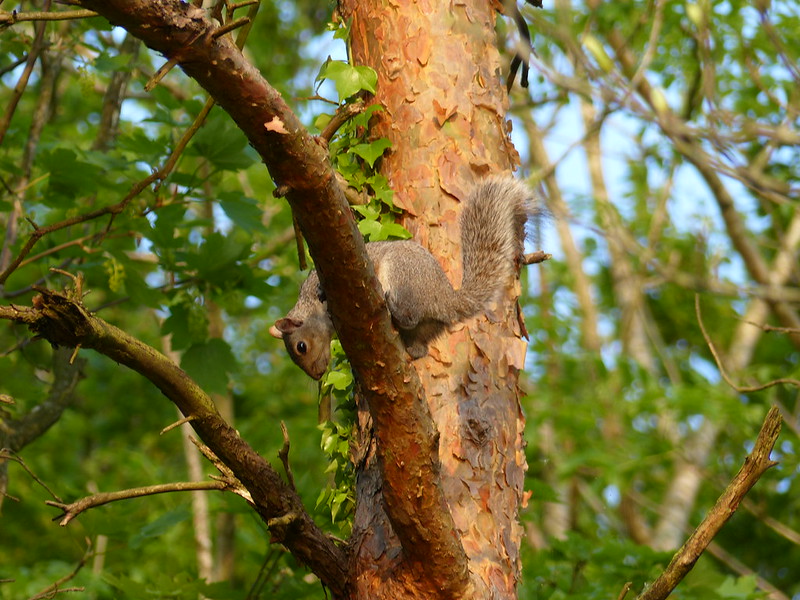

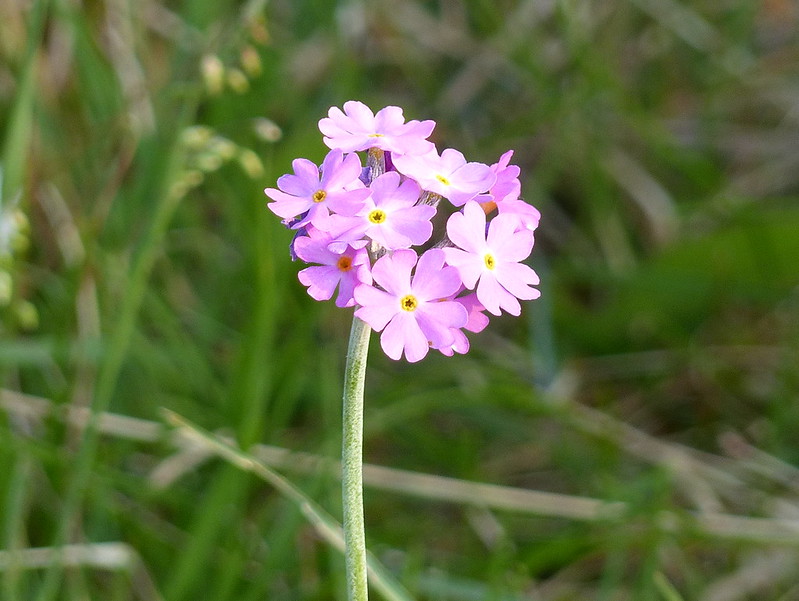
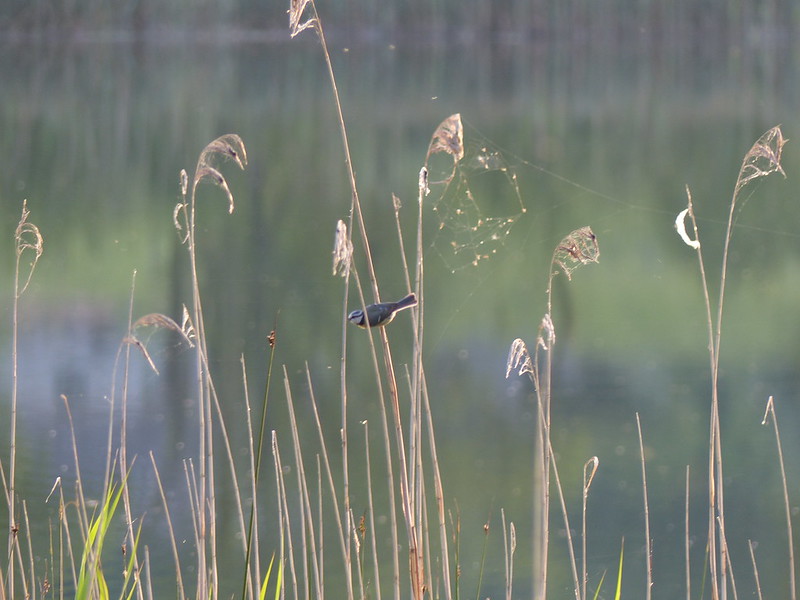

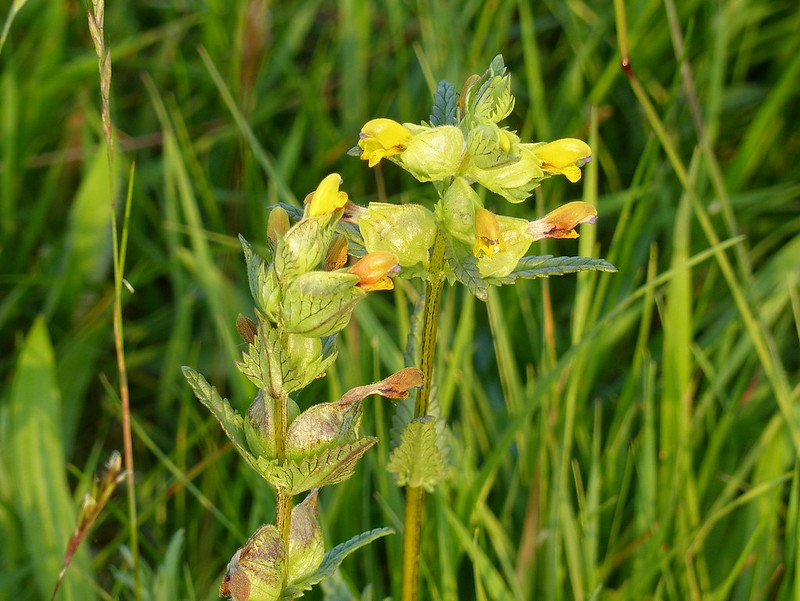
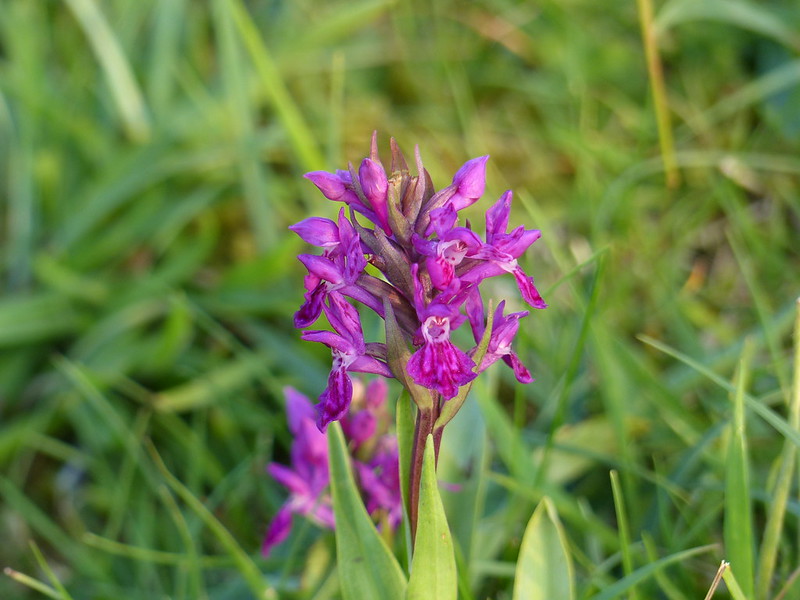


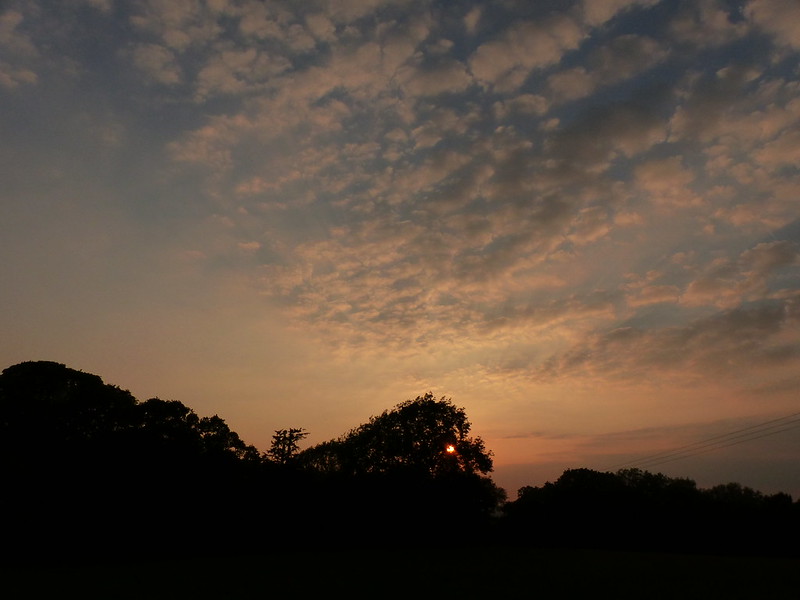

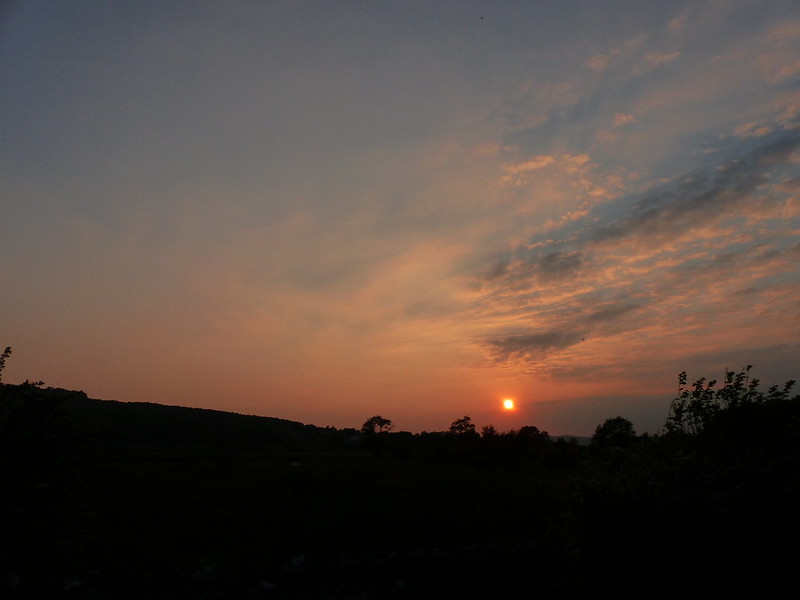
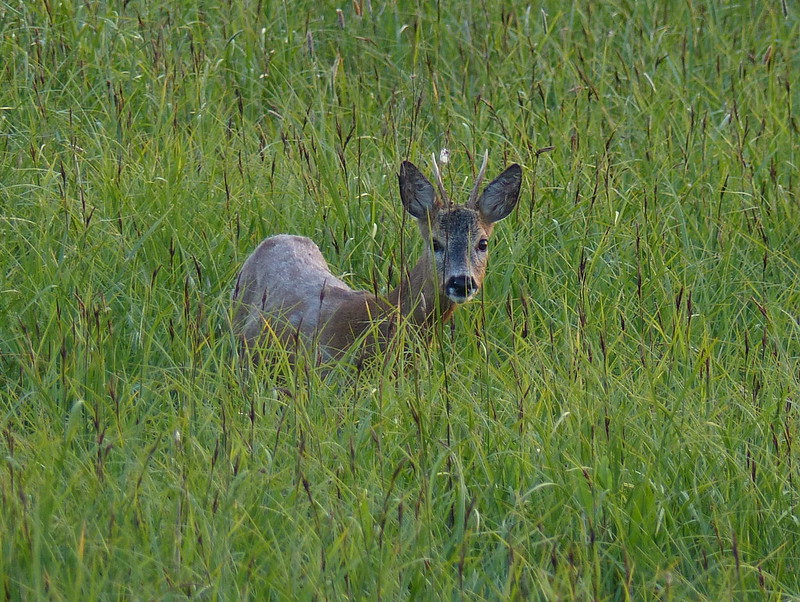

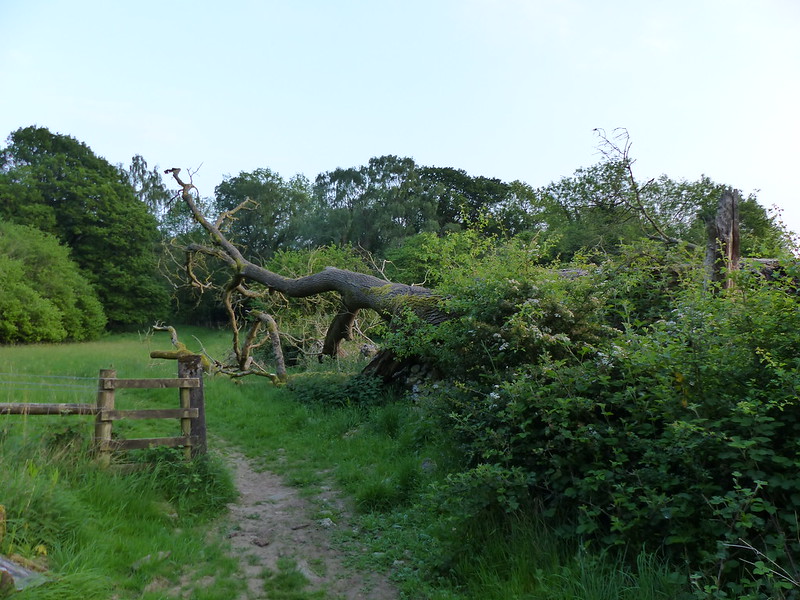
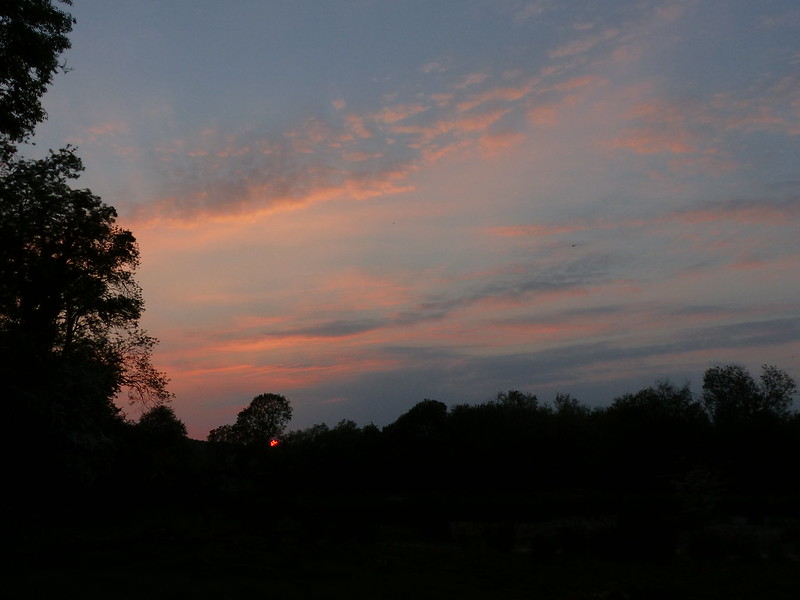




















































 He was keen to add this to the ‘rabbit skull’ which he was given last week. He was also very keen to identify this skull and helped me to search through my natural history library looking for help. We found none and so naturally fell back on Google, which led me to this
He was keen to add this to the ‘rabbit skull’ which he was given last week. He was also very keen to identify this skull and helped me to search through my natural history library looking for help. We found none and so naturally fell back on Google, which led me to this 




